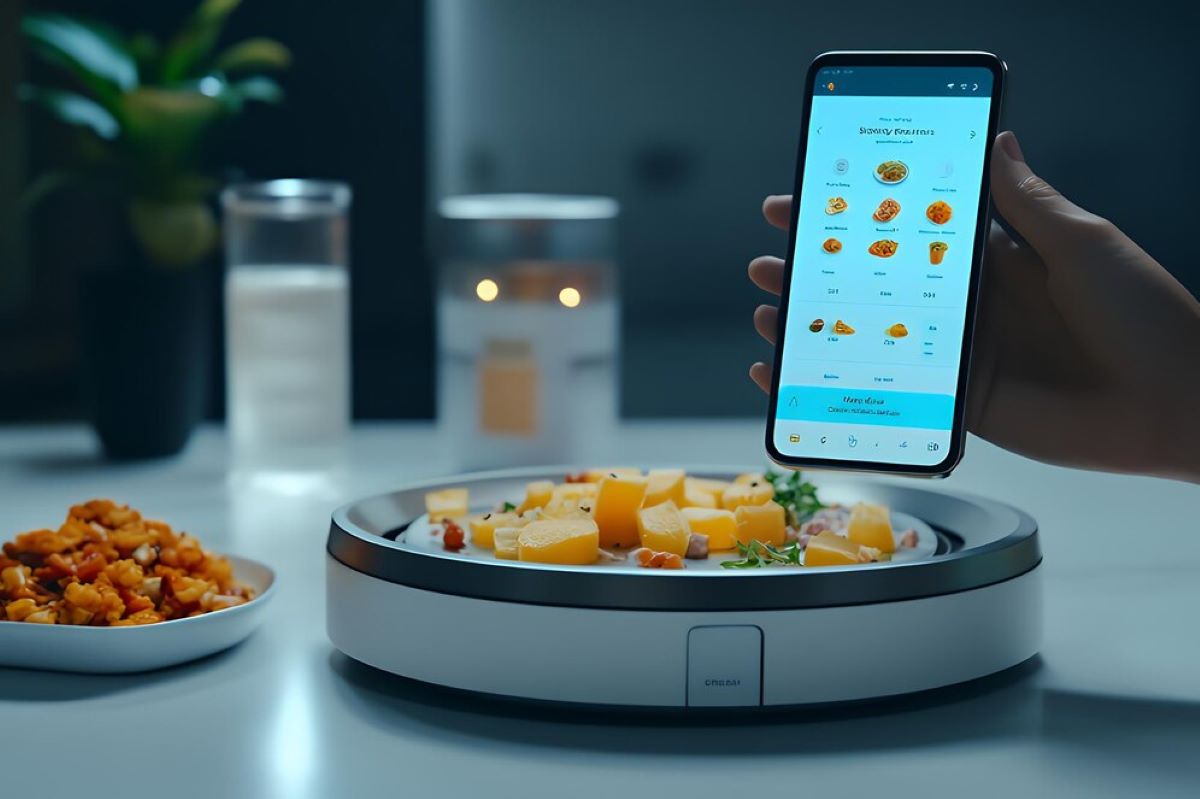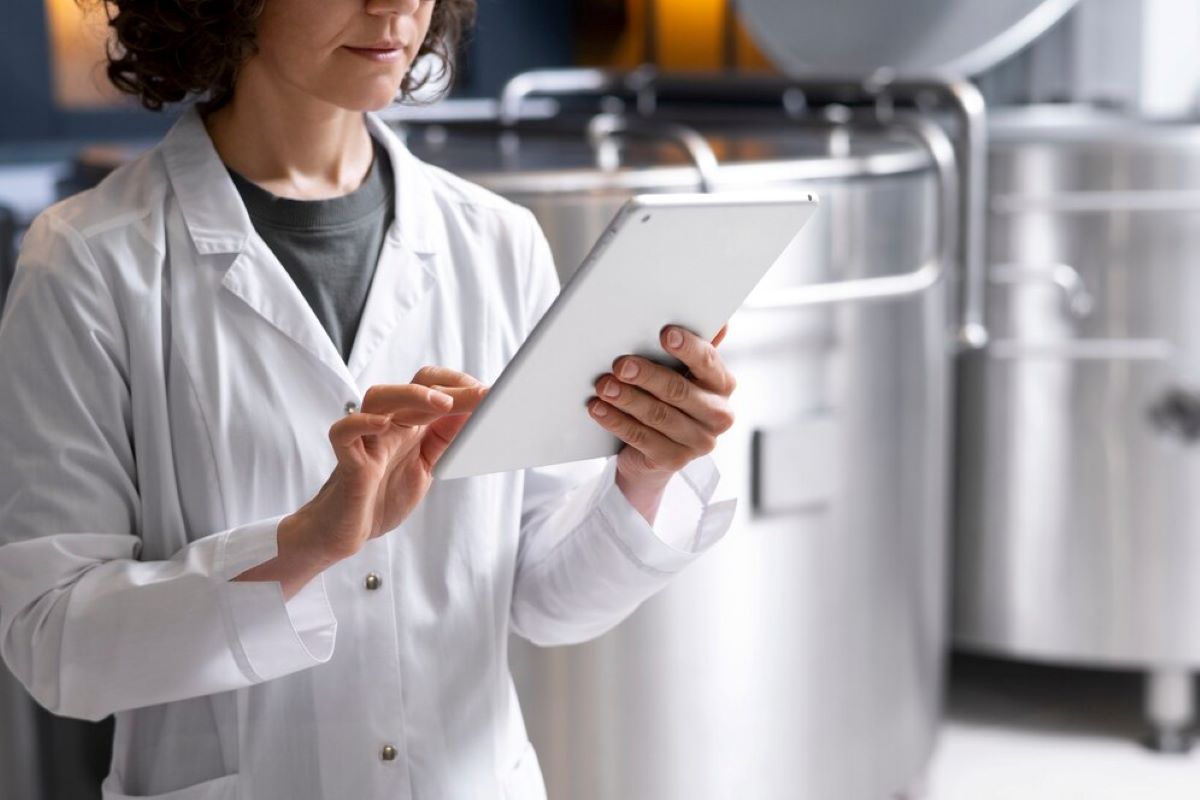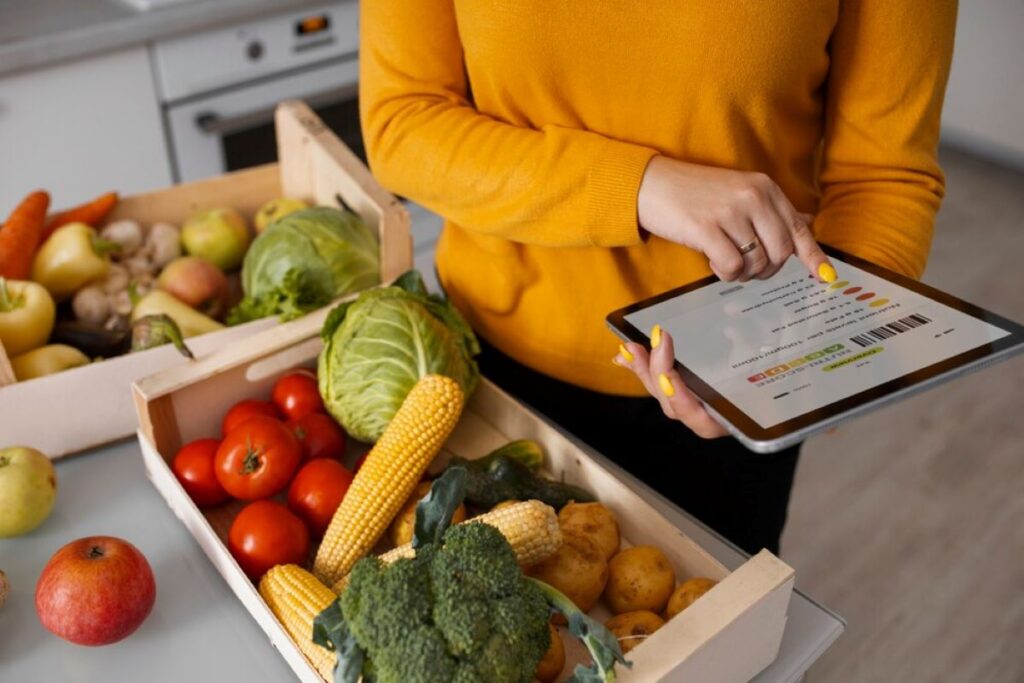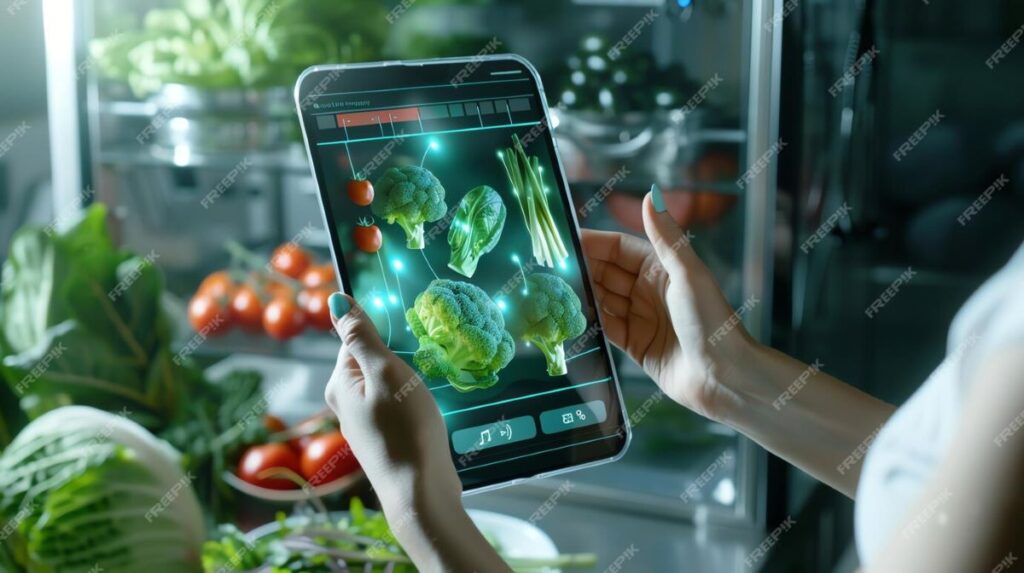In an age where technology permeates every aspect of our lives, the food industry is no exception. The demand for food safety and quality has never been higher, and monitoring temperature is a critical component in ensuring that food remains safe for consumption. Enter smart sensors—innovative devices that are revolutionising the way we monitor food temperature. This article explores the role of smart sensors in food temperature monitoring and their potential to shape the future of the food industry.
Understanding Smart Sensors
Smart sensors are advanced devices equipped with the ability to collect, process, and communicate data in real-time. Unlike traditional sensors, which merely measure temperature, smart sensors can analyse data, detect anomalies, and even send alerts to users. This capability makes them invaluable in various applications, particularly in the food sector.
How Smart Sensors Work
At the core of smart sensors is a combination of hardware and software that enables them to function effectively. These devices typically consist of a temperature probe, a microcontroller, and wireless communication technology. When the temperature changes, the sensor detects this variation and processes the information. If the temperature exceeds or falls below a predetermined threshold, the sensor can trigger an alert via a smartphone app or a central monitoring system.
This real-time monitoring allows businesses to respond promptly to temperature fluctuations, minimising the risk of spoilage and ensuring compliance with food safety regulations. Moreover, the data collected can be analysed over time, providing insights into trends and helping to optimise storage conditions. For instance, by identifying patterns in temperature changes, businesses can adjust their storage practices, leading to improved efficiency and reduced waste. This proactive approach not only enhances product quality but also contributes to sustainability efforts within the industry.
Types of Smart Sensors
Smart sensors come in various forms, each designed to cater to specific needs within the food industry. Some common types include:
- Infrared Sensors: These sensors measure temperature without direct contact, making them ideal for monitoring food in transit or within display cases.
- Wireless Temperature Loggers: These devices continuously record temperature data and can be accessed remotely, allowing for efficient monitoring of storage conditions.
- Smart Thermocouples: Used for precise temperature measurements, these sensors are often employed in cooking processes to ensure food is cooked to the correct temperature.
In addition to these, there are also smart humidity sensors that play a crucial role in maintaining the quality of perishable goods. These sensors monitor moisture levels in storage environments, preventing mould growth and ensuring that products like fruits and vegetables remain fresh for longer periods. Furthermore, advancements in sensor technology have led to the development of multi-sensor systems that can monitor not just temperature and humidity, but also factors such as gas levels and light exposure, providing a comprehensive overview of the conditions affecting food safety and quality.
The Importance of Temperature Monitoring in Food Safety
Temperature control is a fundamental aspect of food safety. Improper temperature management can lead to the growth of harmful bacteria, resulting in foodborne illnesses. The World Health Organisation estimates that nearly 600 million people fall ill after eating contaminated food each year. Therefore, implementing effective temperature monitoring is crucial for safeguarding public health.
Regulatory Compliance
Food businesses are required to adhere to strict regulations regarding temperature control. In Australia, the Food Standards Australia New Zealand (FSANZ) sets guidelines that dictate the safe temperature ranges for various food items. Failure to comply with these regulations can result in hefty fines, legal repercussions, and damage to a company’s reputation.
Smart sensors can assist businesses in maintaining compliance by providing accurate, real-time data. This not only helps in meeting regulatory requirements but also fosters a culture of accountability and responsibility within the organisation.
Reducing Food Waste
Food waste is a significant issue globally, with an estimated one-third of all food produced going to waste. By employing smart sensors for temperature monitoring, businesses can drastically reduce spoilage. These devices enable timely interventions, such as adjusting storage conditions or redistributing stock, thereby minimising waste and maximising profits.
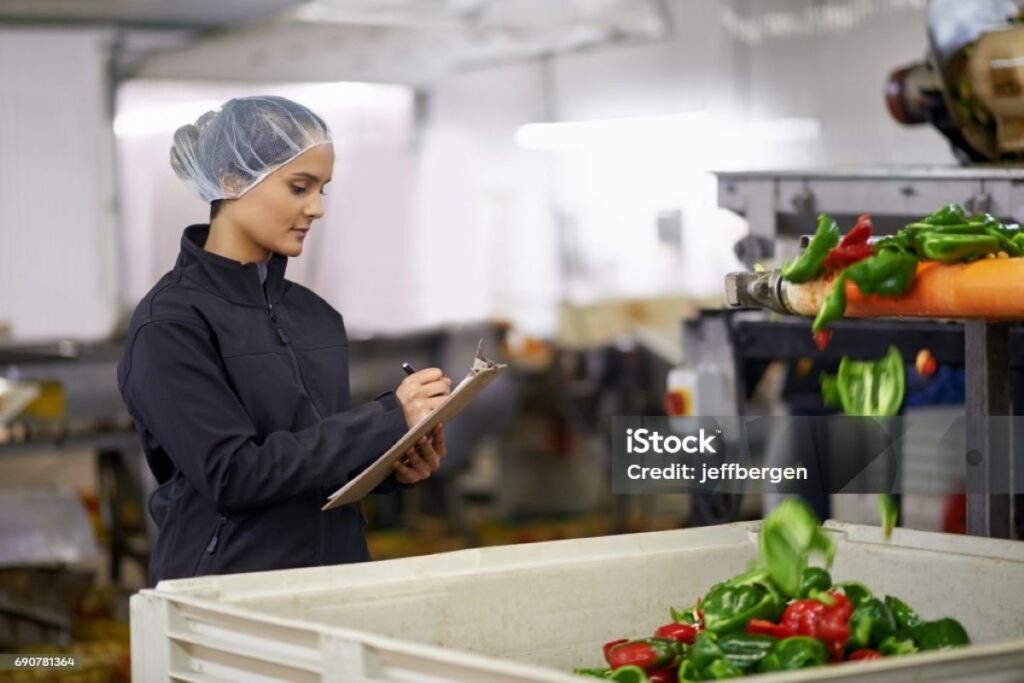
Applications of Smart Sensors in the Food Industry
The versatility of smart sensors allows them to be used in various areas of the food industry, from production to distribution. Here are some notable applications:
Cold Chain Management
The cold chain refers to the temperature-controlled supply chain that is essential for preserving perishable goods. Smart sensors play a pivotal role in monitoring temperatures throughout this chain, ensuring that food remains within safe temperature ranges during storage and transportation.
By integrating smart sensors into their logistics systems, companies can track temperature data in real-time, allowing for immediate action if temperatures deviate from the norm. This not only protects the quality of the food but also reduces the risk of financial losses due to spoilage.
Food Processing and Cooking
In food processing facilities and kitchens, maintaining the correct cooking temperatures is vital for both safety and quality. Smart sensors can monitor cooking equipment, alerting staff if temperatures fall outside of safe ranges. This ensures that food is cooked thoroughly, thereby eliminating harmful pathogens.
Moreover, these sensors can be integrated into automated cooking systems, allowing for precise temperature control that enhances the consistency and quality of the final product.
Retail and Consumer Applications
In retail environments, smart sensors can be used to monitor the temperature of display cases and storage areas. This ensures that products remain safe for consumers while also maintaining their quality. Additionally, some smart sensors are designed for consumer use, enabling individuals to monitor the temperature of their food at home.
These applications not only promote food safety but also empower consumers to make informed choices regarding their food, fostering a culture of awareness and responsibility.
The Future of Smart Sensors in Food Temperature Monitoring
The future of smart sensors in food temperature monitoring systems looks promising, with advancements in technology paving the way for even more innovative solutions. As the Internet of Things (IoT) continues to evolve, the integration of smart sensors with other devices will enhance their capabilities and applications.
Integration with IoT and AI
As IoT technology becomes more prevalent, smart sensors will increasingly be connected to centralised systems that can analyse data from multiple sources. This integration will allow for more sophisticated monitoring and predictive analytics, enabling businesses to anticipate potential issues before they arise.
Artificial intelligence (AI) will also play a significant role in the future of smart sensors. By analysing historical data, AI algorithms can identify patterns and suggest optimal temperature ranges for various food items, further enhancing food safety and quality.
Enhanced User Experience
Future smart sensors are likely to feature more user-friendly interfaces, making it easier for businesses and consumers to monitor food temperatures. Mobile applications will provide real-time alerts, historical data analysis, and even recommendations for improving food safety practices.
This enhanced user experience will not only streamline operations for businesses but also empower consumers to take control of their food safety practices at home.

Conclusion
Smart sensors are set to transform the landscape of food temperature monitoring, offering innovative solutions that enhance food safety, reduce waste, and ensure compliance with regulations. As technology continues to advance, the integration of smart sensors with IoT and AI will further optimise their capabilities, making them indispensable tools in the food industry.
Embracing these technologies is not just a matter of staying competitive; it is essential for safeguarding public health and ensuring the quality of food products. As the future unfolds, the role of smart sensors in food temperature monitoring will undoubtedly become more prominent, paving the way for a safer and more efficient food supply chain.
More to Read : Comparing Temperature Monitoring Systems for Food Industry Applications

